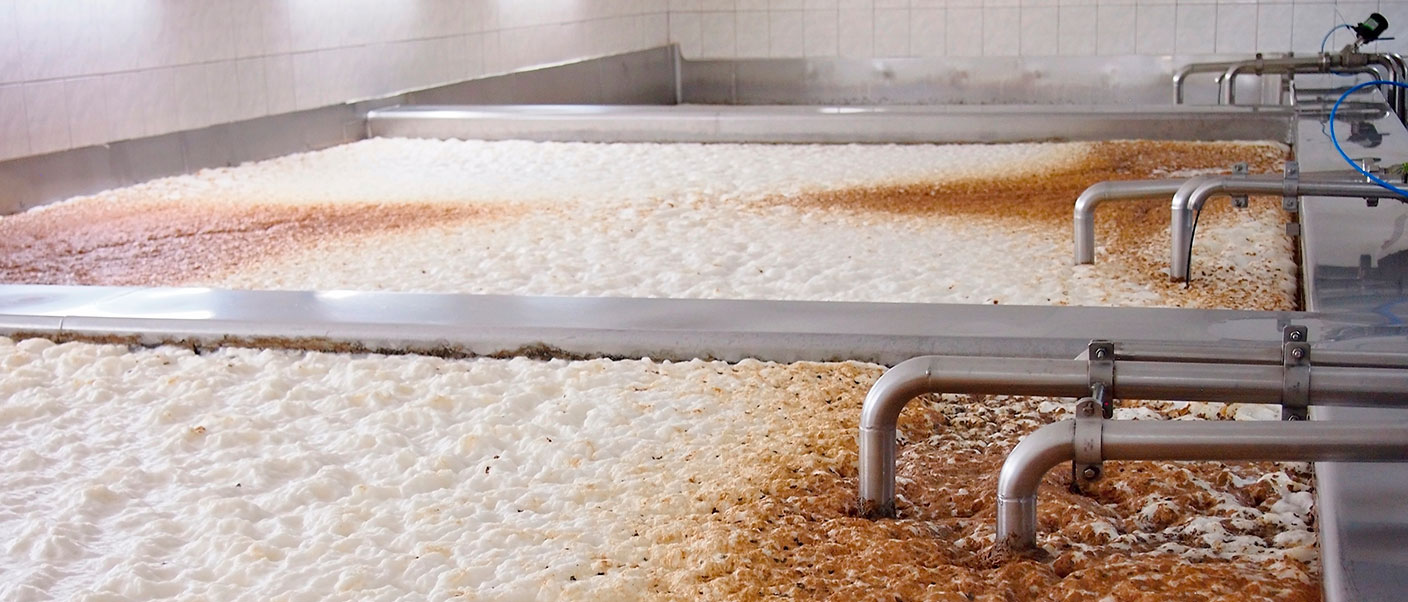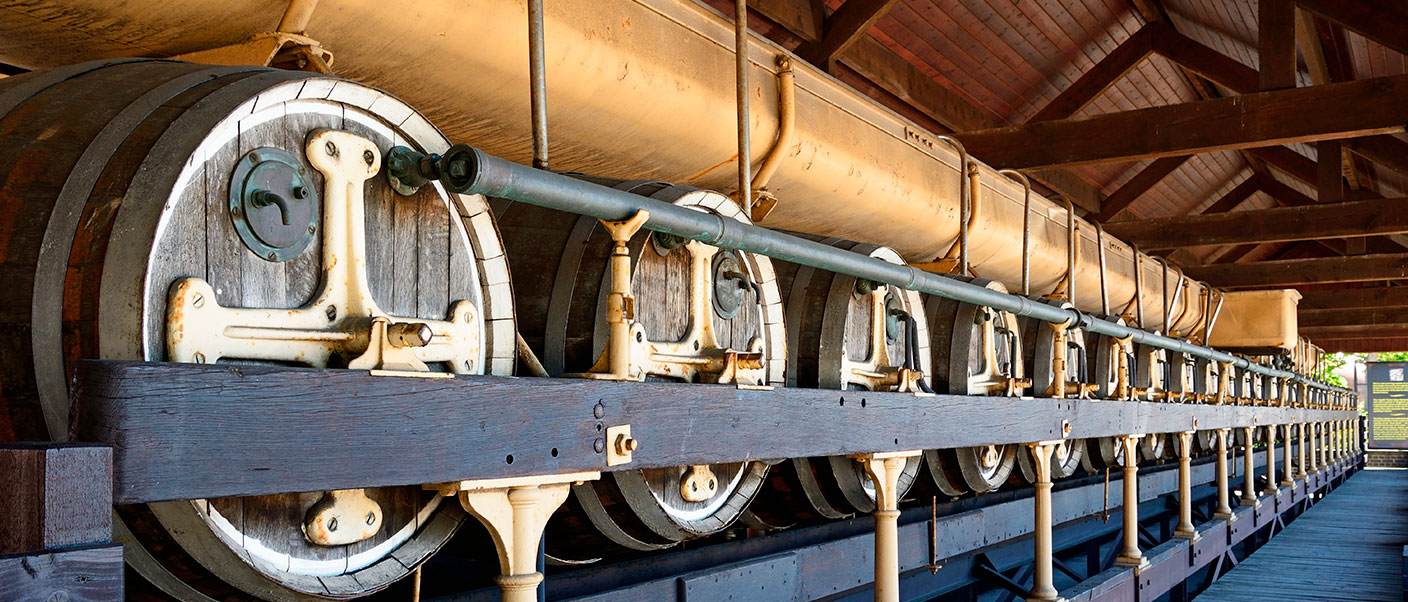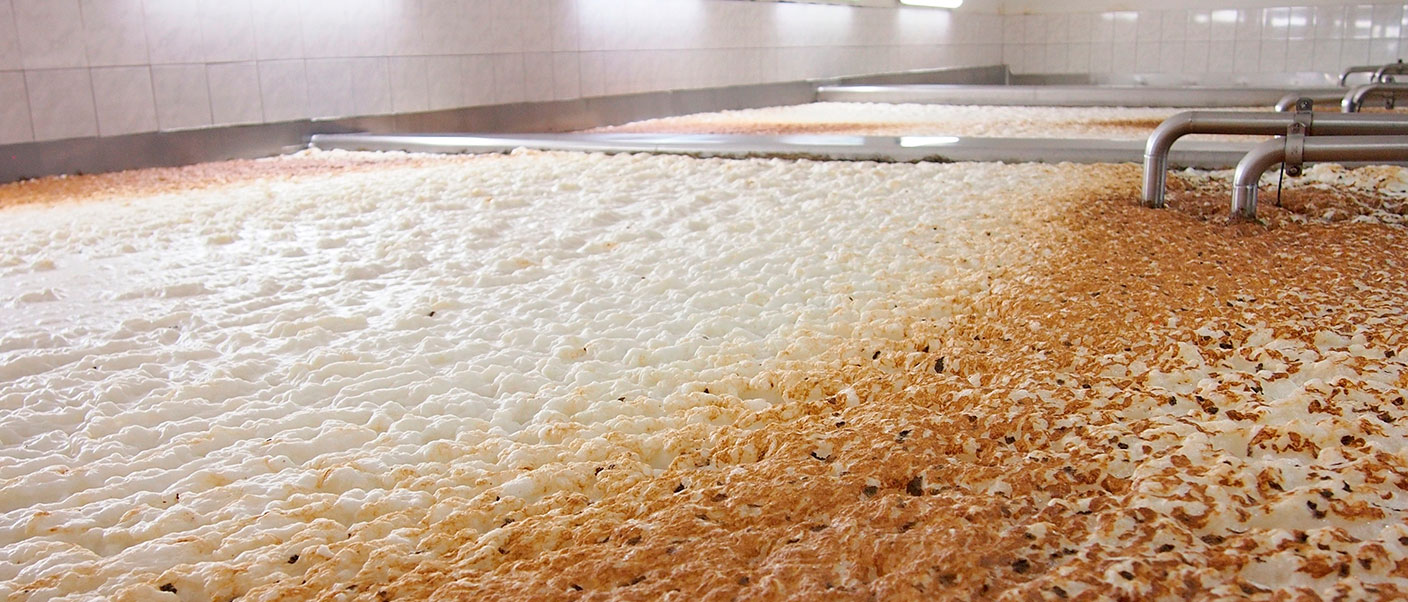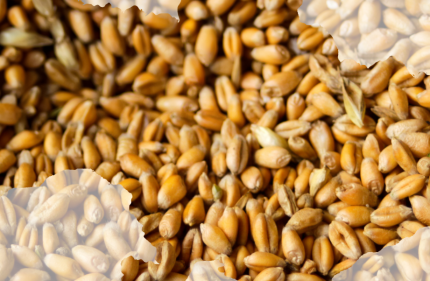As opposed to closed fermentation, which is more common in beer brewing processes, there are still some romantic beer lovers with a passion for the technique of open fermentation, in which the tanks are left open and exposed to the environment in which they are situated.
In the following post, we’re going to look at what this process consists of and why more and more breweries today are taking a chance on this technique, particularly for craft beer, which involves exhaustive monitoring of the wort and of the results being obtained.
Back to open fermentation
Open fermentation is the traditional method that was used before the advent of hermetically sealed tanks.
The latter are the type used in most breweries today, in contrast to the fermenters employed in open fermentation, a technique that was traditionally used for both lagers and ales.
Nowadays, more and more craft brewers are bringing it back and applying it in their processes. It’s quite a common practice in the UK, Germany and Belgium.
Today open fermentation processes are carried out in special rooms with smooth surfaces that are easy to clean and disinfect (some are tiled).
The reason for this is to avoid contamination of any kind, and thus they need sufficient ventilation and latest-generation air-conditioning equipment to eliminate the gases, such as carbon dioxide, that are generated in the process itself.
Differences between and advantages of each process
Each type of fermentation, both open and that produced in hermetically sealed steel tanks, has a series of advantages.
Nowadays, most breweries employ the closed option, but fermentation exposed to the environment is an exciting process that lets you watch each product evolve and see the final result.
1. Cleaning of the tanks
The tanks used for closed fermentation are much easier to rid of microbial and contaminant traces.
They use automated equipment that makes it possible to reserve the carbon dioxide for subsequent treatment of the beer.
In open fermentation, on the other hand, the CO2 flow that remains on the surface of the liquid is so active that as soon as the process is interrupted, the beer must be switched to closed tanks immediately to avoid oxidation and possible contamination.
Thus, and although brewers have advanced techniques available to them for cleaning the vessels, they sometimes continue to do so by hand.

2. The fermentation room
Unlike closed fermentation, which can be done in an outdoor area, open fermentation must be done in a closed space with sufficient ventilation to expel all those toxic gases and protect the beer from contamination.
3. The capacity for measuring and controlling the process
In open fermentation, the brewer is fully involved in the process and able to enjoy it, controlling the process at all times.

4. The fermenters
While in closed fermentation, the tanks are taller, in open fermentation they are generally wide and somewhat shallow in order to facilitate cooling, CO2 ventilation or to allow direct involvement during brewing.
Additionally, these recipients allow the formation of the esters that are so prized in some styles, such as weissbier, and they use high fermentation yeasts that create that famous floating layer near the end of the process with wild and “live” yeasts.
Some techniques, such as the Burton Union system, which uses hanging casks connected by pipes, are unusual and unique.

Lambic beers, a clear example of open fermentation
If we’re going to talk about open-air fermentations, one very specific type is the spontaneous fermentation of Lambic beers, where the wort is not inoculated with yeast but rather exposed to the yeast in the environment.
One of the emblematic places and the site of the rebirth of these beers is Belgium.
The transformation of this process in Lambics is very interesting to most brewers, as the final result is magical and pure anticipation.
At the beginning of the process, microorganisms, bacteria and natural elements are added when the wort is cooled. Immediately afterwards, a series of events take place in which the sugars are metabolized. After this step, most of the fermentation occurs with the Saccharomyces yeast.

When finished, these beers are transported in tanks to complete the fermentation process, followed by aging and continued fermentation in wooden barrels. Quite a show.










Comments